Piemonte in a Glass and on a Plate
a journey through Italy's most delicious region plus a recipe for you!
I’m passionate about exploring creativity in all its forms—from the pottery wheel to the written word or the kitchen table. Through my writing, I share insights, stories, and inspiration to help you embrace a more vibrant, authentic, deliciously creative life. My Substack is a space where I dive deeper into these themes with essays, reflections, and behind-the-scenes glimpses of my artistic journey. Whether you’re an artist, home chef maker, or simply curious about living more creatively, you’ll find thoughtful encouragement and practical ideas here.
If you’re looking to deepen your creative journey, I invite you to explore Flourish, my paid subscriber series. Through video, podcasts, and written reflections, Flourish helps you align with your highest values and live a life fully your own. It’s a space for inspiration, practical guidance, and gentle encouragement toward your most meaningful creative life.
Today’s free post is about three of my favorite subjects - food, wine and Piemonte, Italy.
There is a corner of Northern Italy where hills roll like velvet, vineyards cling to the land as if they’ve always belonged, and meals are never rushed but savored over hours of conversation and laughter. Piemonte offers a beautiful way of living, expressed most vividly in its food and wine. Here, a table set with antipasti, handmade pasta, and cheeses both delicate and bold becomes a gathering of stories, memories, and deep-rooted traditions. And always, there is a glass—Dolcetto, Barbera, Nebbiolo—lifting the flavors of the land into something even more luminous.
To taste Piemonte is to taste harmony: the earth, the season, the hand of the maker, all converging in a single sip or bite.
A good deal of my life has been spent in the wine hills of Piemonte, Italy - and each time we go, we feel a pull we don’t elsewhere. There’s a gentleness and and a warmth to the people, many of whom have spent their lives working unyielding calciferous or marl and clay rich soil, coaxing vines that make some of the worlds finest wines. The nature is especially intense now, as late summer brings the rush of heat that causes large flushes of tomatoes and zucchini, eggplant and parsley, and ultimately the grapes, which start coming into full ripening the end of August, starting with whites and moving gradually to the reds and ultimately, the more heavily tanin reds, the ones that require cool September nights and balmy days to reach their full potential.
Piemonte, the word, means “Foot of the Mountains”, because here we’re surrounded by the Alps to the south and west. The views stretch from the Ligurian Apenine to the French and Swiss Alp ranges. When the haze of high summer has given way to cooler evening air, the mountains show themselves in every direction.
There is a certain slant of light in Northwestern Italy this time of year—a golden olive wash over vineyards, centuries-old stone villages tucked between folds of green and purple hills. As the season moves on, the air is scented with the last round of hay to be bailed, woodsmoke from a distant stove on a chilly evening, or the faint perfume of fermenting grapes in cellars everywhere in autumn. Here, food and wine are woven into the rhythm of life.
In the Piemonte region, three red grapes in particular tell the story of place and time: Dolcetto, Barbera, and Nebbiolo. Each carries the imprint of its landscape and the temperament of the people who tend it.
Dolcetto is the friend who makes you feel instantly at home—supple, warm, uncomplicated in the best possible way. Despite its name, which means little sweet one, Dolcetto is typically dry, with gentle tannins and a round, berry-rich generosity. It is a wine for everyday tables—pasta al ragù, roasted chicken with herbs, or a board of local cheeses shared between friends.
Barbera is the easy charmer—bright with acidity, deeply fruited, and effortlessly versatile. It has the gift of lifting whatever it’s paired with: mushroom risotto, grilled vegetables drizzled with olive oil, or even a slice of pizza pulled fresh from a wood oven. Barbera carries the joy of the moment in its glass—fresh, direct, and eager to please
.And then there is Nebbiolo, the quiet force. Named for nebbia, the mist that settles over the vineyards in autumn, Nebbiolo is a grape of patience and depth. In its pure form, it becomes Langhe Nebbiolo—youthful, fragrant with roses and cherries, approachable yet hinting at greater depths to come.
With time and a particular village’s signature, it transforms into Barbaresco—elegant, perfumed, with a structure like fine lace. And when given the grandest expression, it becomes Barolo—majestic, layered, with a power that demands both respect and time. These wines are companions for slow braised meats, truffle-laced pastas, or simply an evening where conversation stretches long into the night.
To taste these wines is to travel—each sip carrying the hills, the fog, the sunlight, and the patience of those who coax beauty from vine to barrel to bottle. They are not just beverages, but small, shimmering windows into the soul of Northern Italy.
But it’s not just wine.
A Feast Beyond Wine
Piemonte is a region that knows how to live beautifully at the table. While its wines — Nebbiolo, Barbera, Dolcetto — often take center stage, the food culture here is just as rich, layered, and deeply rooted in place. Every season brings its own feast, and every glass of wine is meant to be accompanied by food that elevates it.
The meal often begins with antipasti — small bites that showcase the generosity of the region. A slice of veal bathed in tuna and caper sauce (vitello tonnato), or peppers stuffed with anchovies, are perfect companions to a glass of Dolcetto d’Alba. Dolcetto’s freshness and soft tannins don’t overwhelm but instead highlight the delicate salt and creaminess of these starters.
Vitello Tonnato + Dolcetto
Dolcetto, with its easy charm and gentle tannins, was made for the table’s beginning. In Piemonte, where meals unfold like a story, Dolcetto often arrives with the first chapter: antipasti. Today, we’re imagining a plate of vitello tonnato—tender slices of veal in a silky, lemony, capered tuna sauce. At first it seems delicate, but it carries a quiet richness. Dolcetto’s notes of dark cherry and violet cut through the creamy sauce. The wine’s freshness keeps the palate awake, inviting another bite, another sip, as the conversation drifts and the meal takes root.
This is the beauty of Dolcetto: unpretentious. A companion rather than a star. It doesn’t ask for attention but deepens the experience of what’s on the plate, embodying Piemonte’s gift for balance—nothing wasted, nothing hurried.
From there, Piemonte opens itself through its pasta courses: delicate tajarin, strands of golden egg pasta made rich with yolks, or agnolotti del plin, tiny pinched parcels filled with meat or vegetables, often served simply with butter and sage. These pastas shine beside a lively Barbera d’Asti — its bright acidity cutting through richness, leaving the palate refreshed and ready for more.
Tajarin with Ragu + Barbera
If you’ve ever been to Piemonte in autumn, you’ll have tried the rich egg-yolk pasta that defines the region’s cuisine. Tajarin is a pasta made with almost absurd amounts of egg yolk — sometimes forty yolks for every kilo of flour. The result is a delicate, silken noodle, cut fine, yet full of substance. It doesn’t need much: a simple butter and sage sauce, or perhaps a slow-cooked ragù that clings to each strand.
And beside it you’ll usually find Barbera.
Barbera is the wine of daily life in Piemonte. It doesn’t demand ceremony. Ruby red, brimming with cherry and plum, sometimes a touch of spice, Barbera is perfect with tajarin because of its vibrant acidity: it lifts the richness of the pasta, refreshes the palate, and keeps you reaching for another bite, another sip.
This pairing is Piemonte’s everyday elegance. Nothing ostentatious, nothing rare — just the kind of everyday beauty that lives where food and wine are treated with love and respect. It’s a reminder that the heart of a place is often found not in its most expensive wines or elaborate dishes, but in what locals return to again and again.
The main courses reflect Piemonte’s hearty agricultural roots. Slow-cooked meats, game, and the iconic brasato al Barolo — beef braised in that noble wine — anchor the table, especially in autumn and winter. Here, nothing is more fitting than Nebbiolo itself. Whether as a youthful Langhe Nebbiolo with earthy notes or as a structured Barolo or Barbaresco, the grape’s tannic backbone and subtle perfume of roses and tar stand up to the intensity of the dish.
And then there are the truffles, Piemonte’s most elusive treasure. Shaved over pasta, risotto, or eggs, the white truffles of Alba call for the elegance of Barbaresco or Barolo. Silky structure and refined aromatics let the truffle’s perfume remain the star, while still offering depth and resonance.
Brasato al Barolo + Barolo
Brasato al Barolo is not just a dish, it’s a sumptuous specialty seared in the tradition of Piemonte kitchens in the Langhe. Beef, gently seared and then left to bathe overnight in Barolo, emerges tender enough to yield to a fork, its fibers infused with the wine’s essence. Carrots, onions, and herbs soften into the sauce, carrying both sweetness and warmth, until what remains is not simply meat, but a harmony of earth, vineyard, and time.
To pour a glass of Barolo alongside is to complete the circle. The wine, with its firm tannins and layers of violet, dried cherry, truffle, and spice, mirrors the dish’s depth while offering a structure that cuts through its richness. Each sip both refreshes the palate and deepens the experience, drawing out the subtle, smoky sweetness of the braise.
This is Piemonte at its most authentic: patient, generous, rooted in tradition. A meal where wine and food do not merely accompany each other, but become one voice—resonant, lingering, unforgettable.
Here’s the recipe:
For our roast I used Piedmontese organic veal. Ask your butcher for either veal or beef. The shoulder is best for this. You need two days to prepare it.
The recipe is for 6 people:
1.5 kg roast beef
4 carrots
2 large onions
4 sticks of celery
4 garlic cloves
4 bay leaves
4 sprigs of rosemary
2 cloves
8 juniper berries
1 cinnamon stick
salt/pepper
1 bottle of Barolo
Butter
flour
Raw sugar
Day 1
Briefly sear the roast beef on all sides. Set aside.
Roughly chop 2 carrots, 1 onion and 2 celery sticks. Finely chop 2 garlic cloves and add. Sauté the vegetables briefly.
Place the sautéed vegetables in a large saucepan. Place the roast on top.
Pour the bottle of Barolo over it.
Add 2 bay leaves, 2 sprigs of rosemary, 2 cloves and the cinnamon stick.
Put the lid on and leave to soak overnight. Turn the roast now and then.
Day 2
Remove the meat from the pot, remove the vegetables from the sauce and pass through a sieve. Set the wine aside.
Cut the remaining vegetables. Vegetables, add the 2 bay leaves and the rosemary to the wine.
Return the meat to the pot with the wine and vegetables and cook over medium heat for 2 hours.
Melt 2 tsp butter. Add 1 tsp flour and mix together.
Take out the meat and let it rest covered.
Pass the vegetables through the sieve and then bring to the boil with the wine and the butter/flour mixture (roux) and reduce by half.
Add 1-2 teaspoons natural sugar. Season with salt and pepper.
Slice the meat and place in the Barolo sauce to warm it up.
Serve with polenta and Barolo.
Desserts in Piemonte are delicate, never too sweet. In the summer, raspberries are floated in Brachetto DOCG, a floral light red with sweet notes and a heavenly bouquet. Think bunet, a chocolatey, amaretto-laced custard, or torta di nocciole, a rustic hazelnut cake. With these, a gently sparkling Moscato d’Asti is a perfect closing note — fresh, floral, and light, it pairs with sweetness without overpowering it.
And then — the cheeses. Piemonte is a paradise for cheese lovers. There are more individual cheese types in Piemonte than in all of France! From soft, luscious Robbiola to the tang of goat’s cheese in the Alpine valleys, to Murazzano DOP, a protected sheep’s milk cheese from the Langhe, the variety is astonishing. Pair Robbiola with a crisp Arneis, try Murazzano with a young Dolcetto, or match aged goat cheese with a structured Barolo for an unforgettable harmony.
From September 19 through 22nd, Bra — a lovely city in southern Piemonte — will again host Cheese, the biennial Slow Food festival dedicated entirely to the art of cheesemaking. It’s an event that draws artisans and lovers of cheese from around the world, a celebration of tradition, innovation, and above all, taste.
To eat in Piemonte is to understand its wines more deeply — every sip of Barolo, Barbaresco, or Barbera feels more complete when accompanied by food that was born in the same soil. Here, glass and plate are inseparable.
Both are an invitation to slow down, savor, and truly flourish.




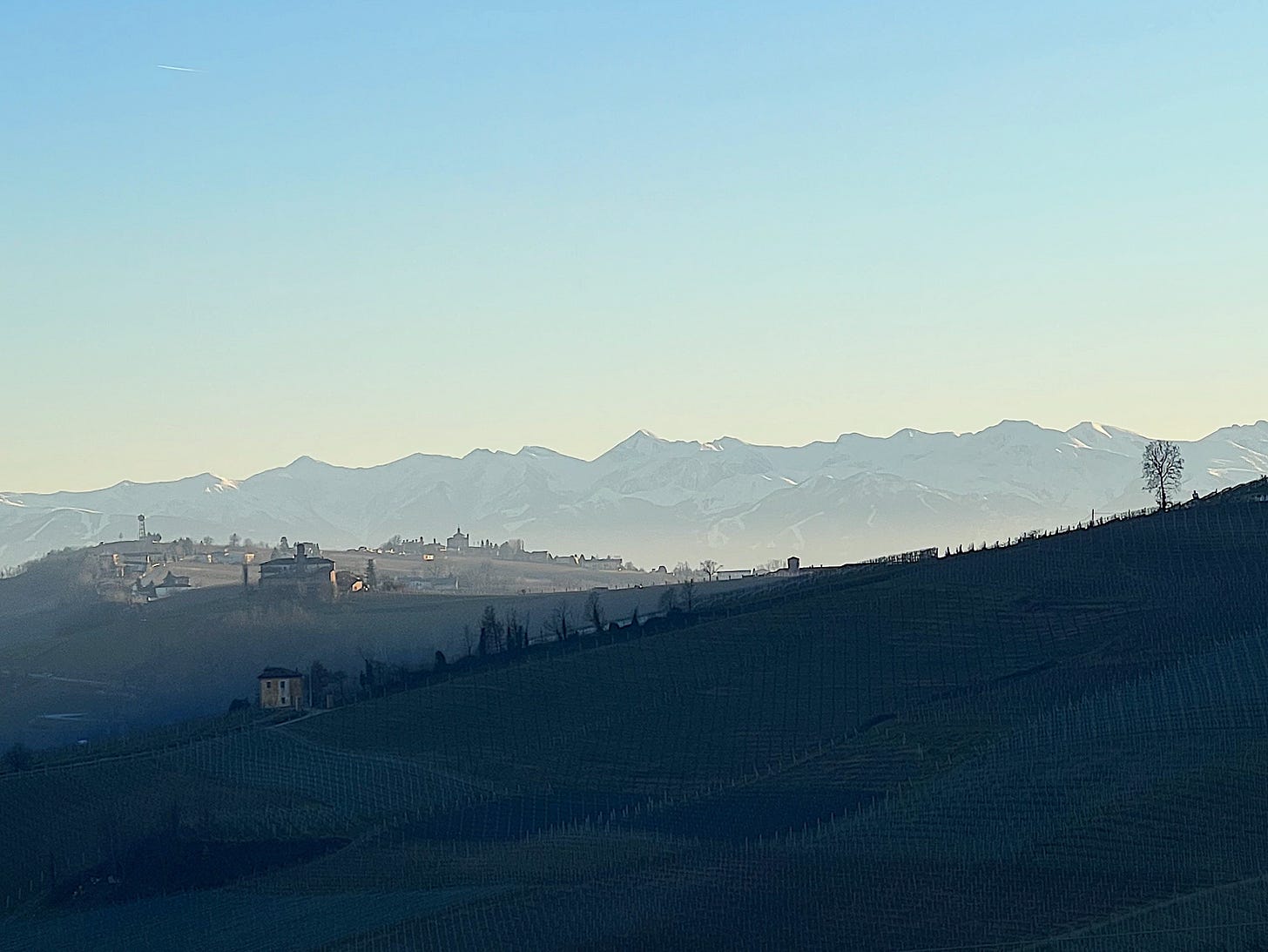


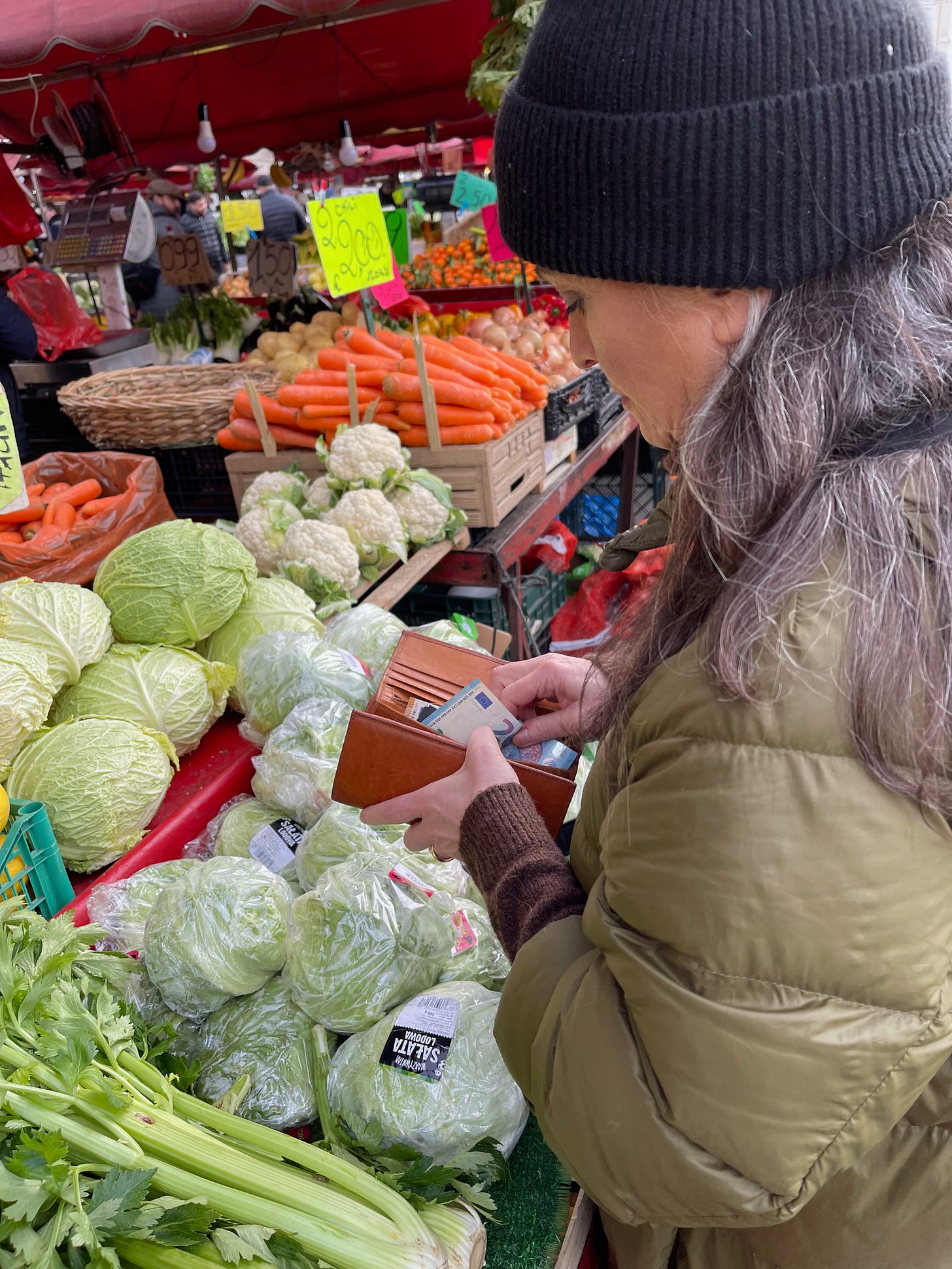
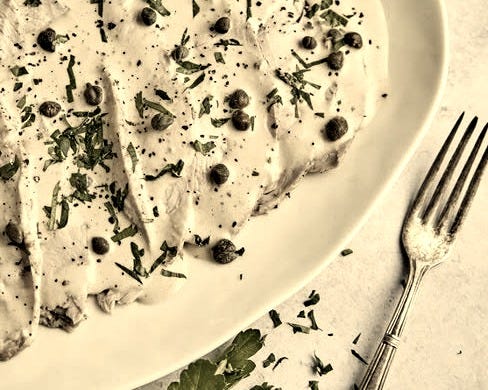

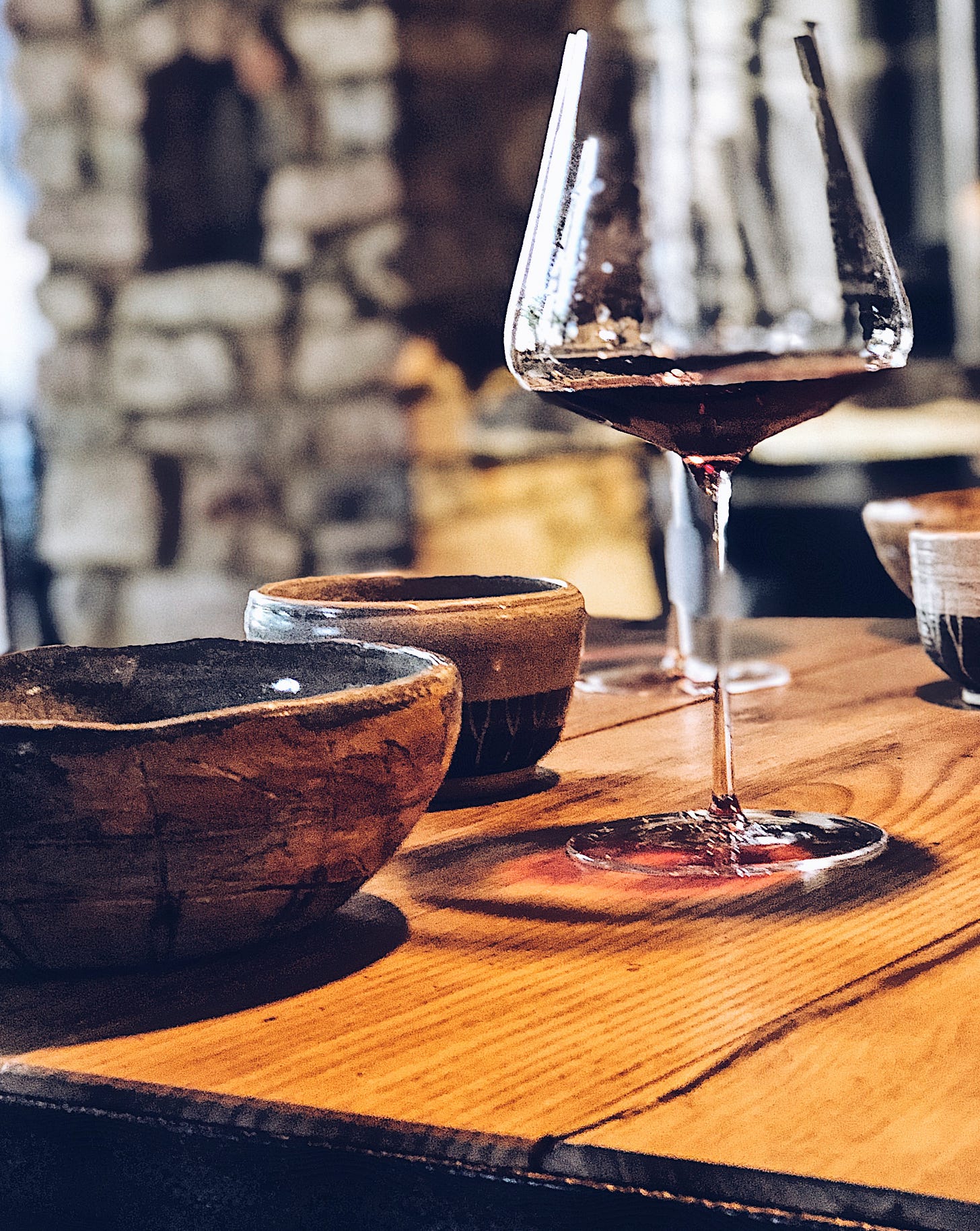
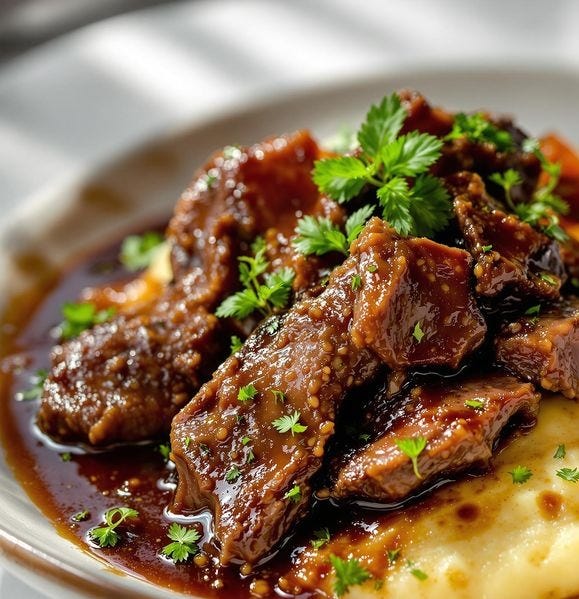
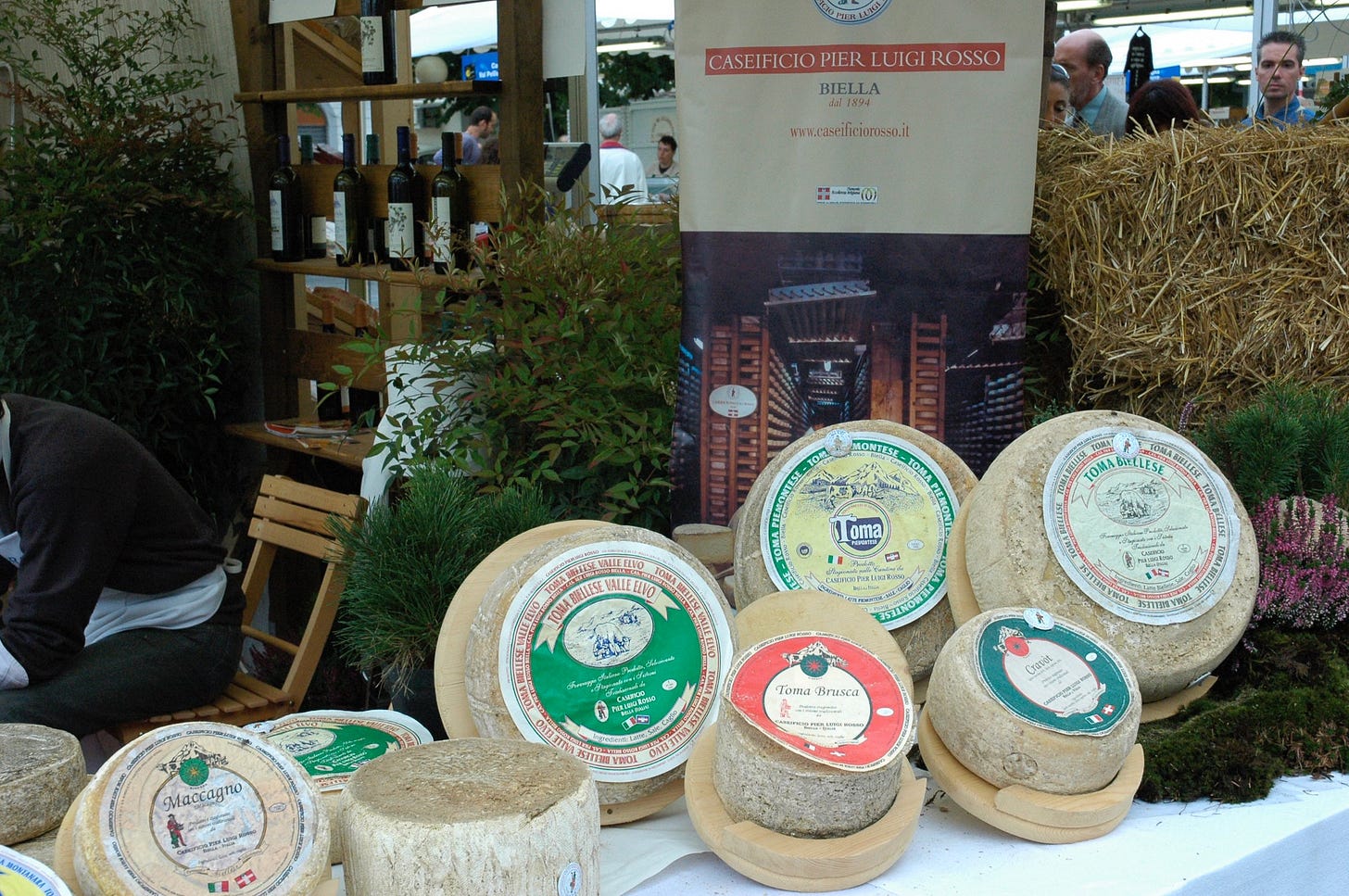
Such a magnificently written post, Diana! Cannot wait to experience it all!
Splendid, inspiring, educational, transporting!